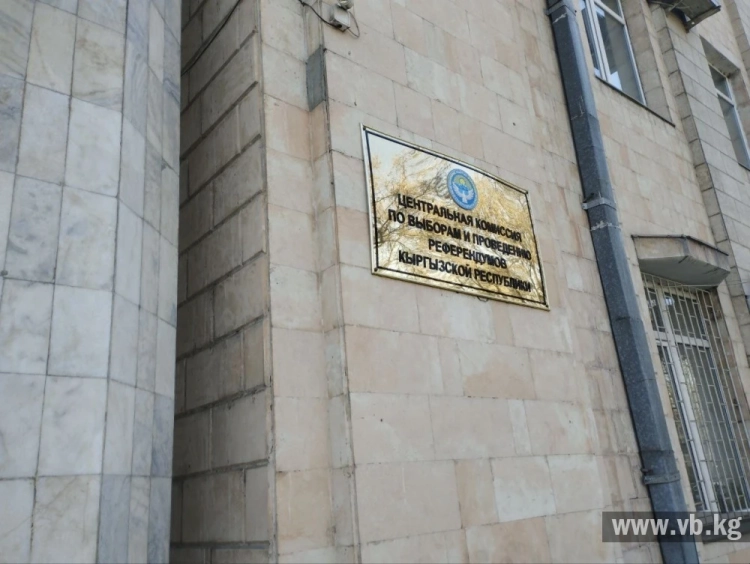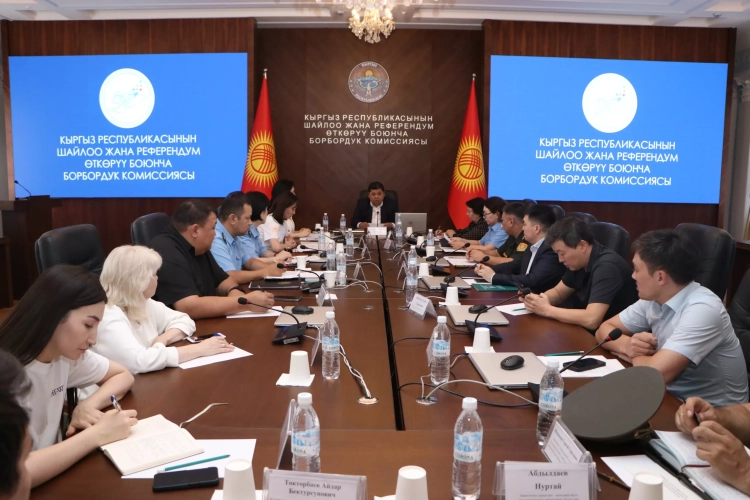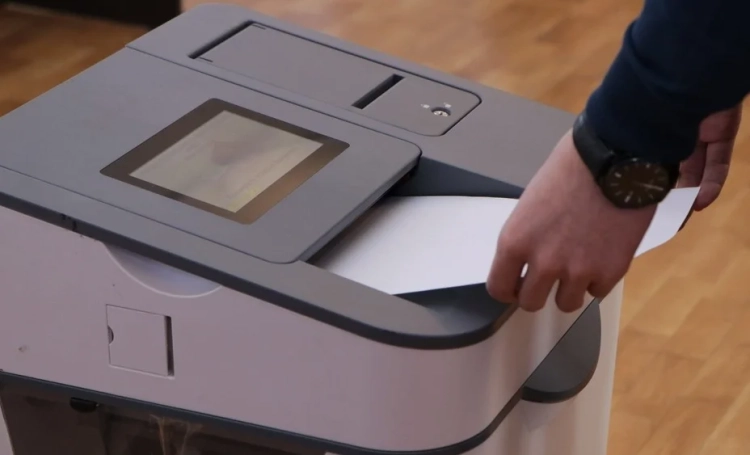SLOVAKIA. Slovak Republic
A state in Central Europe. Area — 49,035 km². Capital - Bratislava (approx. 447 thousand), major cities: Košice, Prešov, Žilina, Banská Bystrica. Administratively, it is divided into 8 regions. Population — 5.379 million (2005); Slovaks - 85.8%, Hungarians - 9.7%, Czechs - 0.8%, Roma - 1.7%, in addition, there are Germans, Poles, and Jews. The official language is Slovak. Religion - Roman Catholicism (68.9%), Evangelical (6.9%), Greek Catholic (4.1%), Reformed Church (2%), Orthodox (0.7%). Currency - Slovak crown = 100 hellers.
It has diplomatic relations with the Russian Federation (since January 1, 1993, after the division of the federal Czechoslovakia into 2 independent states; relations between the USSR and Czechoslovakia were established on June 9, 1934).
Public holidays: January 1 - Day of the Establishment of the Slovak Republic, July 5 - Feast of Saints Cyril and Methodius, August 29 - Anniversary of the Slovak National Uprising (1944), September 1 - Day of the Constitution of the Slovak Republic (1992), November 17 - Day of Struggle for Freedom and Democracy.
Slovakia is a parliamentary republic. The legislative body is the National Council (NS SR). It consists of 150 deputies elected for 4 years. In the 4th convocation of the NS SR, following the parliamentary elections of 2002, the following parties are represented: People's Party - Movement for a Democratic Slovakia (NP - DZDS), Slovak Democratic and Christian Union (SDHS), Direction - Social Democracy Party, Hungarian Coalition Party (HVK), Christian Democratic Movement (KDH), Alliance of a New Citizen (ANO), Communist Party of Slovakia (KPS). The chairman of the National Council is the leader of the KDH P. Grusovsky. The next parliamentary elections are scheduled for September 2006.
The executive power is vested in the president and the government according to the constitution. The president is the head of state. Since 1999, he has been elected by direct universal elections for a term of 5 years. In April 2004, I. Gašparovič was elected to this position. The government is the highest executive authority, responsible to the parliament; in the event of a vote of no confidence from legislators, it is dismissed by the president. The current government was formed in 2002 by a coalition of SDHS, KDH, ANO, and HVK. The chairman is the leader of SDHS M. Dzurinda. The judiciary consists of the Constitutional Court, the Supreme Court, and other courts. The central government bodies include the General Prosecutor's Office, the Audit Office, the Antimonopoly Committee, the Statistics Office, the National Security Office, the Civil Service Office, and the Financial Market Office.
The Confederation of Trade Unions of the Slovak Republic was founded in 1990 and unites 28 trade unions.
Slavs settled the territory of Slovakia in the mid-1st millennium. In the 11th century, the territory of Slovakia was included in the Kingdom of Hungary. In the mid-16th century, the southern part of Slovakia was captured by the Ottoman Empire, while the northern part entered the Habsburg Empire. From the late 17th century, all of Slovakia was annexed to the Habsburg Empire as part of the Kingdom of Hungary. From the late 18th century, a national movement began, which intensified in 1848-49. It remained part of the Habsburg Empire (from 1867 in its Hungarian part) until 1918, when the Austro-Hungarian monarchy collapsed.
The Czechoslovak Republic, which included Slovakia, was established as an independent state on October 28, 1918.
On September 29-30, 1938, as a result of the Munich Agreement and the conciliatory policy of the Czechoslovak leadership, almost 1/4 of the country's territory (the Sudetenland) was seized by fascist Germany. On March 15, 1939, Hitler's troops completely occupied the Czech lands, which were declared a "protectorate of Bohemia and Moravia," while a puppet state was created in Slovakia under the "protection" of Nazi Germany in March 1939. The southern regions were annexed to Hungary in the fall of 1938. Under the influence of the victories of the Red Army, the Slovak National Uprising began on August 29, 1944. By May 1945, as a result of successful actions by the Red Army and Slovak patriots, Slovakia was liberated from fascist occupiers. Slovakia and the Czech Republic became part of the Czechoslovak Republic. On January 1, 1969, Slovakia received the status of a republic within the federal Czechoslovak Socialist Republic (ČSSR), in 1990 - the Czechoslovak Federal Republic (ČFR), and then - the Czech and Slovak Federal Republic (ČSFR).
In February 1948, the Communist Party of Czechoslovakia (KPC) came to power, proclaiming the transition of Czechoslovakia to the path of building socialism. In 1968, the KPC, led by A. Dubček, took a course towards the renewal of socialism in the country through its democratization. This process, known as the "Prague Spring," was interrupted in August 1968 after the troops of 5 Warsaw Pact countries entered ČSSR.
As a result of mass popular protests ("Velvet Revolution") in November 1989, the KPC was removed from power. The movement Public Against Violence (OPN) took a dominant position in Slovakia. In July 1992, the Slovak parliament adopted the Declaration of Sovereignty of the Slovak Republic. In December 1992, the Federal Assembly of ČSFR adopted a series of laws aimed at the peaceful civilized dissolution of the federation, according to which, starting from January 1, 1993, two new independent and sovereign states - the Czech Republic and the Slovak Republic - appeared on the political map of Europe.
Slovakia is a member of the UN (since 1993; Czechoslovakia was a member of the UN since 1945), the Council of Europe (since 1993), an associated partner of the Visegrad Group (since 1996), and a member of the EU and NATO (since 2004).
Slovakia is a developed industrial-agrarian republic. Mineral resources (iron, manganese, polymetallic ores; deposits of antimony, magnesite) are mainly concentrated in the Slovak Ore Mountains. The country has significant industrial potential. Over the past decades, about 300 large and medium-sized enterprises have been built. The chemical, metallurgical, machine engineering, processing, and textile industries are well-developed. Major enterprises include the "Slovnaft" refinery, "Šaľa" chemical plant, chemical factories in Bratislava, "US Steel" metallurgical plant in Košice, heavy machinery factories in Martin and Dubnica nad Váhom, and an aluminum plant in Žiar nad Hronom, among others.
A relatively developed multi-sectoral agriculture is based on a modern material and technical base and infrastructure. The transformation of agricultural cooperatives and state farms into owner cooperatives and joint-stock companies has been completed. Crop production predominates (corn, wheat, barley, sugar beets).
The transformation process of the Slovak economy is determined by the strategy of creating a developed market economy in the country. The economic reform is based on the principles of stabilizing the monetary system, abandoning state price regulation, liberalizing trade, and privatization.
GDP growth in 2004 was 5.2% (4.2% in 2003). The foreign trade turnover in 2004 reached $55.91 billion. The negative trade balance was $1.4 billion (in 2003 it was $1.7 billion). 79.1% of the trade turnover is with the European Union.
Major trading partners: Germany (27.3% of trade turnover), Czech Republic (13.5%), Italy (6%), Russia (5.4%). The mutual trade turnover between Russia and Slovakia in 2004 exceeded $3 billion. The basis of Russian exports (over 90%) consists of fuel and raw materials. Slovakia exports machinery, equipment, and industrial goods to Russia. The average salary is about 15,466 crowns. Unemployment is 18%. The inflation rate is 8%.
Slovakia has a well-developed general education and research base. There are preschool institutions, general education schools, gymnasiums, secondary vocational schools, and technical schools.
There are 14 higher educational institutions. The Slovak Academy of Sciences includes over 40 academic institutes and laboratories.
There are over 20 theaters. The largest among them are the Slovak National Theatre, "New Scene," "Poetic Scene," "Tatra Review," Puppet Theatre, and others. The "Koliba" film studio operates, along with several conservatories and orchestras.
Slovakia, with its developed network of hotels and sports facilities, and rich nature, is a promising tourist center.
A large number of newspapers and magazines are published. The main ones are: "Pravda" (up to 117 thousand copies), "SME" (up to 80 thousand), "Nový čas" (191 thousand). The state information agency of the Slovak Republic (TASR) and the private agency SITA operate, as well as two public television programs and several private nationwide television companies "Markíza," "JOJ," "TA-3." The "First Channel" of Russian television is broadcast via cable networks. There are 2 state and 24 private radio stations.













































